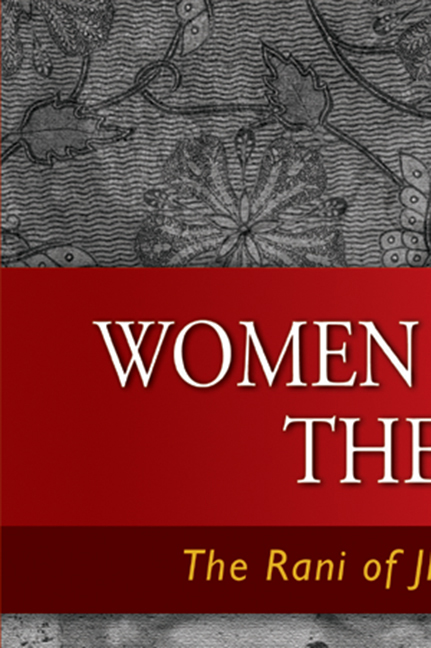Book contents
- Frontmatter
- Dedication
- Epigraph
- Contents
- Message from ISEAS Director
- Foreword
- Preface
- Acknowledgements
- 1 The Historical Rani
- 2 Bengali Nationalism
- 3 Bengali Women Revolutionaries
- 4 Subhas Chandra Bose
- 5 The Indian National Army
- 6 Volunteers from the Malayan Rubber Estates
- 7 The Rani of Jhansi Regiment
- 8 Deployed to Burma
- 9 After the War
- 10 Conclusion
- Epilogue
- Bibliography
- Index
- About the Author
7 - The Rani of Jhansi Regiment
Published online by Cambridge University Press: 21 October 2015
- Frontmatter
- Dedication
- Epigraph
- Contents
- Message from ISEAS Director
- Foreword
- Preface
- Acknowledgements
- 1 The Historical Rani
- 2 Bengali Nationalism
- 3 Bengali Women Revolutionaries
- 4 Subhas Chandra Bose
- 5 The Indian National Army
- 6 Volunteers from the Malayan Rubber Estates
- 7 The Rani of Jhansi Regiment
- 8 Deployed to Burma
- 9 After the War
- 10 Conclusion
- Epilogue
- Bibliography
- Index
- About the Author
Summary
July 1943 was a day of significant importance in Singapore. On this day a public meeting was held in Cathay Cinema Building [presently at the intersection of Orchard Road and Princep Street], and the hall was packed. Leaders of the Indian Independence League and senior officers of the INA were there in force. The strains of Bande Mataram rang through the hall as the meeting commenced. Subhas Chandra Bose stepped up to the dais, and the crowd erupted in deafening applause as he joined Rash Behari Bose. With the two Bengali revolutionaries named Bose standing together, Rash Behari handed over to Subhas the leadership of both the Indian Independence League and the Indian National Army. Subhas had not yet had time to obtain a uniform, and this was the last time he was seen in his natty white civilian suit.
Subhas briefly outlined the course of the freedom movement, acknowledging the role of Gandhi and Congress and the 1942 Quit India movement. The audience was entranced, spellbound by his words and charisma.
The next day he appeared again, this time outdoors with a much larger audience. He was in military uniform — khaki, with breeches, boots, tunic and cap with the INA badge. Again he referred to India's debt to Gandhi and the non-violent movement that had aroused India and begun the struggle. He introduced the slogans “Jai Hind” [“Hail to India”] and “Chalo Delhi” [“On to Delhi”] and urged every Indian soldier and civilian to join the struggle. He made it clear that the INA would be an independent army, a significant point with Malaya and Burma under Japanese occupation. As Netaji spoke, a heavy downpour began, but the audience did not move. The most startling feature of his speech was his stated wish that a women's regiment be raised, called the Rani of Jhansi Regiment, named after the martyr of 1857. When he first broached the subject of raising a women's regiment, “there was absolute silence and there were looks of complete disbelief on the faces of all present except Sri Yellappa, the Singapore IIL President, and myself ”, wrote Lakshmi Sahgal.
- Type
- Chapter
- Information
- Women Against the RajThe Rani of Jhansi Regiment, pp. 71 - 87Publisher: ISEAS–Yusof Ishak InstitutePrint publication year: 2008

